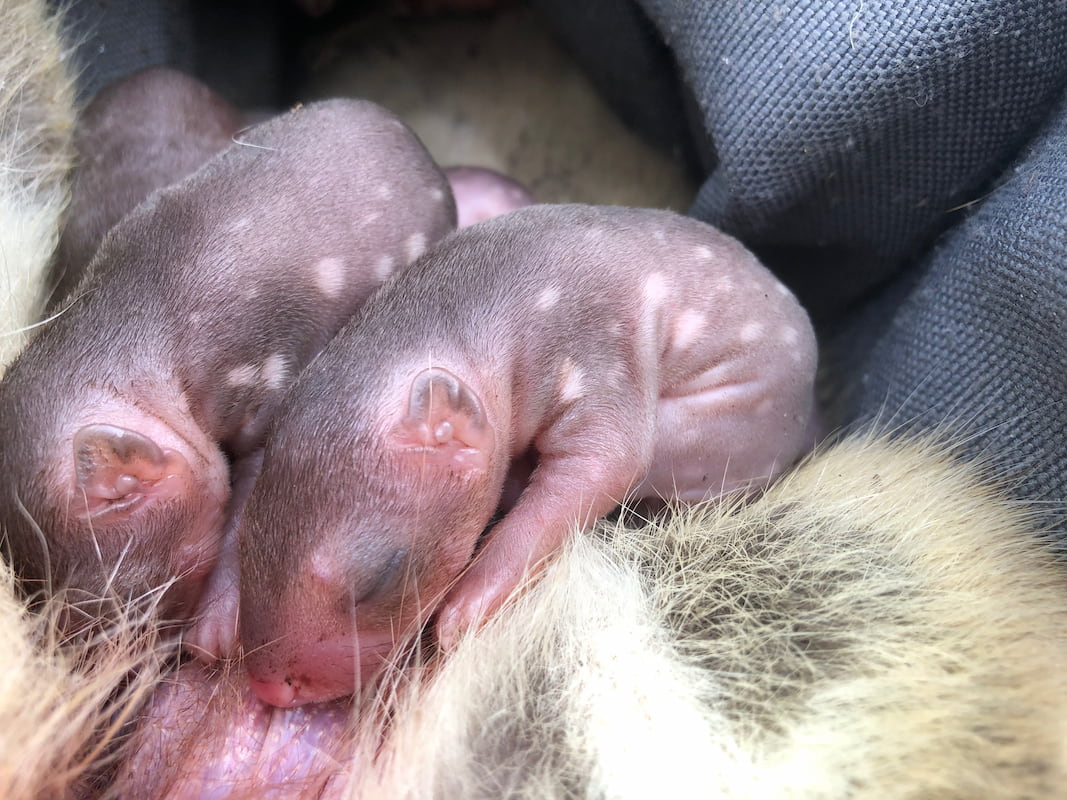The decline in the population of Tasmanian devils has had significant genetic effects on the spotted-tailed quoll, according to researchers at the University of Tasmania (UTAS).
The study published in Nature Ecology & Evolution found that a reduced competition for prey due to the decline in devil numbers has led to increased activity in quolls.
The research team collected genome marker data from 345 quolls over a 15-year period, finding evidence of genetic variation related to differences in Devil Facial Tumour Disease (DFTD) prevalence and geographical location.
In areas where facial tumour disease was affecting the devil population, quolls showed more genetic differences in traits associated with muscle development, movement and feeding behaviour.

Professor Menna Jones, an expert in Biological Sciences and marsupial carnivores at the UTAS School of Natural Sciences, said quoll behaviour has shifted in regions where Devils have “severely reduced numbers”.
“Spotted-tailed quolls have shifted their peak night-time activity, from pre-dawn to avoid devils, to early evening with low devils when most prey are active and hunting is the best,” Jones said.

“We found that with fewer devils , Tasmania’s top scavenger, quolls are benefiting from more carrion and are spending more time feeding at carcasses.”
The study suggests that the genetic changes in quolls are likely related to food competition between quolls and devils.
“There is less competition and more food, reducing the need for quolls to move around as much or as far as they once would have,” Professor Jones said.
The researchers hope their “community landscape genomics” approach used in the study can be deployed globally to understand the consequences of predator declines.







